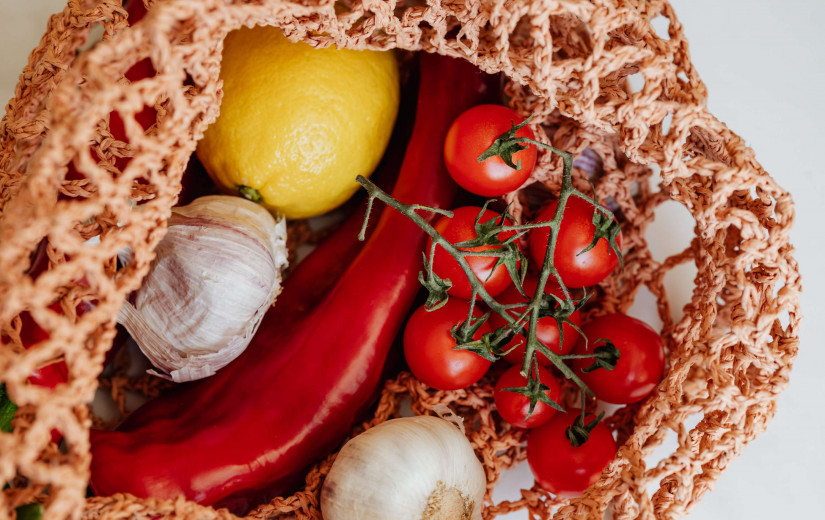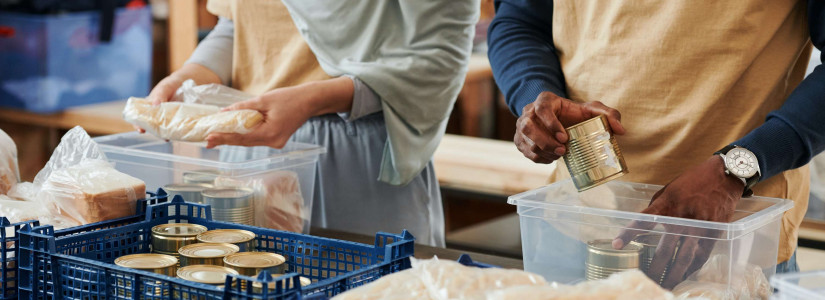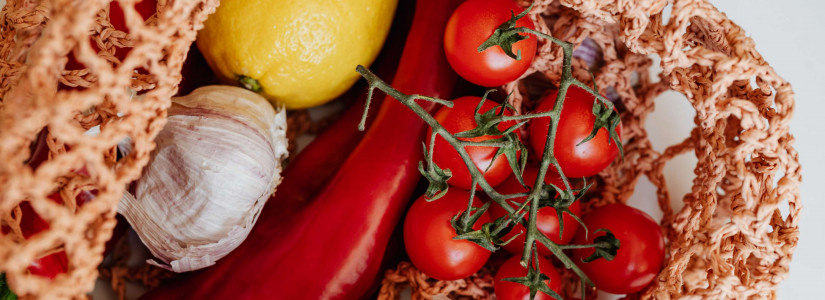7 Tips to Eat and Drink Your Way to Wellness
The ongoing COVID-19 pandemic has resulted in a surge of anxiety and depression. People are having mental health issues at alarmingly high rates, and treatment is difficult to get. For people who can get it, it's often unaffordable. More people are also experiencing problems related to their physical health. Many people had their routine screenings and wellness visits canceled early on in the pandemic. There is also a fear of going to the doctor's office because people who are sick could be there spreading their COVID-19 viruses through the air. On Friday, February 5, the Pasadena Weekender stated that a person could use nutrition to help with wellness. Here are some tips from a public health professional.
1. Focus on a Colorful Diet
What you eat every day should include all colors of the rainbow. Colorful fruits and vegetables have essential minerals, fiber and micro nutrients that your body needs in order to repair itself, maintain a strong immune system and generally function well. Choose purple foods, such as blackberries or red grapes. Select blueberries or plums. Leafy greens are always a great choice. Green peppers, scallions, cabbage and broccoli are also healthy. Spaghetti squash, sweet onions, bell peppers and bananas are excellent options. For orange, choose oranges or other citrus fruits, bell peppers, melon or papaya. Many tasty fruits and vegetables are red. Choose red apples, onions, cabbage or beets.
2. Know Your Portion Sizes
It's easy to mindlessly eat a whole bag of chips. Even if you've selected a healthy snack, such as raw roasted almonds, eating too many of them could make you gain weight. Know what an appropriate portion size is. If you buy a huge bag of almonds, portion them out into single-serving snack-size bags, and only eat one serving at a time of these nutrient-dense, high-calorie foods.
3. Be Mindful When Eating
Don't snarf down your whole plate of food. Take the time to savor it. Close your eyes for a minute. Smell the food. Listen to hear if it makes a sound. Notice the aroma and how it changes as it gets closer to your nose. Feel the texture. Open your eyes, and notice the colors of the food. Really experience the meal as you eat it. Don't try to hurry or multitask while you eat.
4. Include Your Favorite Treats
If you ban yourself from ever eating ice cream again, you're doomed to fail. Treat yourself once in a while. When it's a true treat, you'll enjoy it more and feel less guilty about it. Instead of eating a bowl of ice cream every evening, designate a once-a-week dessert night. Purchase a smaller size container of ice cream, but get one that's high-quality. Eating treats every day makes the experience less special. Eating one serving once in a while allows you to indulge without the guilt.
5. Drink Enough Water
When you're dehydrated, your body may get confused and signal that you're hungry. If you suddenly feel famished, drink a glass of water. Wait 10 minutes. If you're still hungry, then have a healthy snack. Be sure to drink water throughout the day. However, avoid drinking a lot of water within one hour of your bedtime. If you drink too much water close to bedtime, you'll certainly be up overnight for a bathroom break.
6. Use Seasonings Instead of Condiments
Take a look at how much added sugar and high fructose corn syrup are in your barbecue sauce, ketchup or other favorite condiment. You might be surprised that one tablespoon of ketchup has 10% of the daily recommended allowance of added sugar. Consider using salt-free seasonings instead. There are many spice blends available online and in grocery stores. Instead of slathering your hashbrowns in ketchup, sprinkle some seasoning on them. Try different spice or seasoning blends on items you usually eat with a condiment.
7. Watch Your Beverages
Most people know that soda (or pop) is full of sugar. However, you might not have realized that protein drinks also have a lot of sugar. Coffee drinks are well-known to have a high amount of sugar, too. If you love coffee confections, smoothies and other sweet drinks, experiment with making your own. You might find that creamy, naturally sweet coconut milk is a good substitution for your morning coffee in which you usually add sugar and creamer, or perhaps a teaspoon of honey makes your morning smoothie as sweet as several tablespoons of white sugar.

















